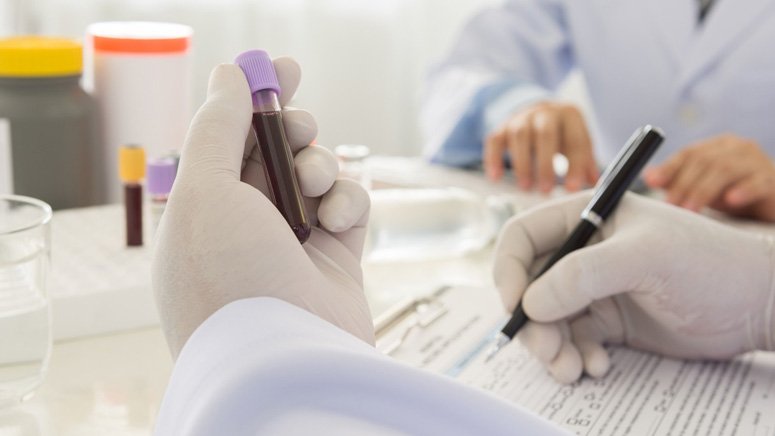How Do STDs and STIs Differ?

STD which is sexually transmitted disease if often interchangeable with the term STI sexually transmitted infection [2]. Even though they are similar, they are not exactly the same. They both have their specific meaning:
- Sexually transmitted disease (STD): These are disease that occur when the pathogens in your body result to cell damage. This will produce certain symptoms, depending on the type of disease.
- Sexually transmitted infection (STI): These refer to the presence of virus, bacteria, or other pathogens in your body, which was gotten through sexual intercourse. They usually don’t show any symptoms.
Basically, an infection is the presence of pathogens in your body, when you start to experience symptoms then it is referred to as a disease. A condition is only considered an STD if there are symptoms.
It is important to be able to identify the difference between the two. Even though STIs don’t cause symptoms they still need treatment. So, if you suspect that you may have any infection after sex, immediately contact your doctor. Examples of STI include gonorrhea [3] and chlamydia [4]. If left untreated they can cause complications.













